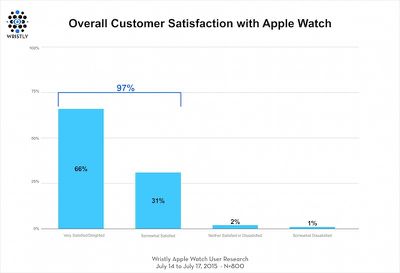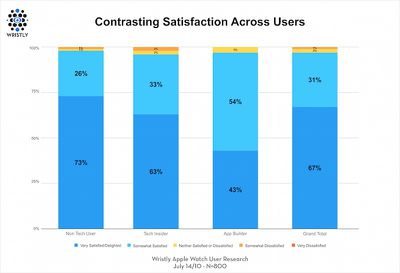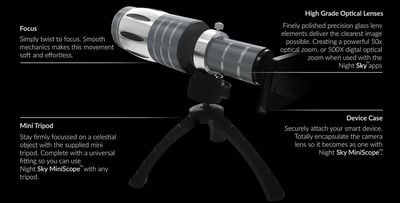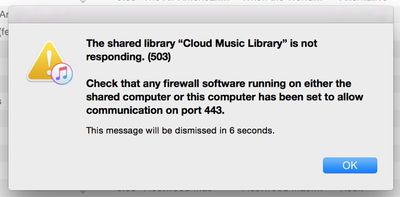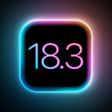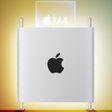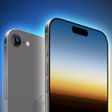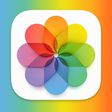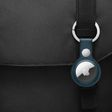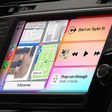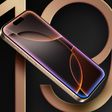Square today launched a new app called "Square Dashboard," which aims to provide business owners with complete overviews of their businesses thanks to real-time data read-outs of various sales and analytic figures (via TechCrunch). The app sees Square's continued expansion away from its simple start as a third-party payment processor, and into a more widely used enterprise-focused software company.
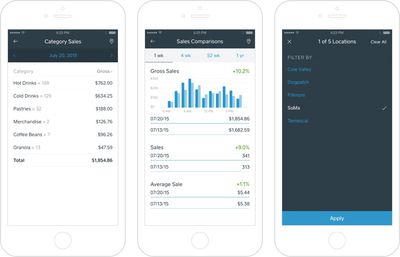
The app will allow business owners to track the sales figures of their business, and is even able to distinguish between individual locations for a franchised business. Users will be able to set dates and goals to meet, and compare items for sale, categories, and gross sales. Thanks to the app's ability to go back and see sales from previous weeks, months, and years, business owners can more easily track their busiest seasons or discover the cause behind a bump or decline in profit.
Speaking with TechCrunch, Sidecar Coffee owner Andy Fuchtman noted the new app succeeds in keeping him up-to-date on the daily goings-on of his business, and even provides useful glimpses into the most popular items on sale at the shop.
I use the data to help me build the schedule, to see if my ideas for the shop are working, and to help me understand the identity of my business. For example, it turns out that vanilla lattes were among our top five selling items almost every day this spring so I had my staff make and taste a vanilla latte every time they started their shift. I tried a cappuccino happy hour to promote our favorite drink to make, then I watched to see if it worked.
Business owners interested can download Square Dashboard for free today from Square's official website, after first creating a free Square account with the company.


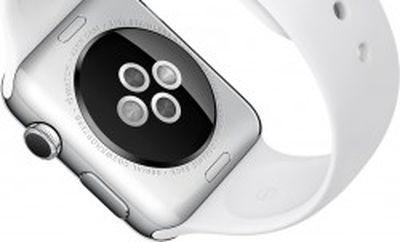 Apple has announced that the Apple Watch will be available for purchase on the Apple Online Store in New Zealand, Russia and Turkey starting July 31 after 7:01 AM local time.
Apple has announced that the Apple Watch will be available for purchase on the Apple Online Store in New Zealand, Russia and Turkey starting July 31 after 7:01 AM local time.
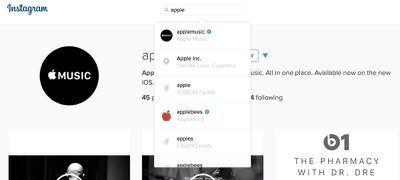
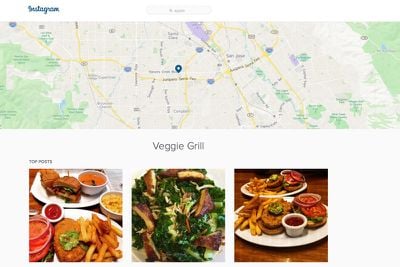


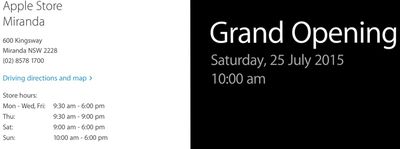
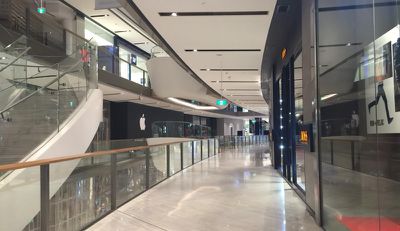
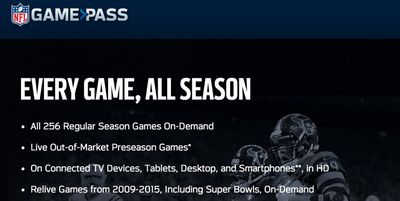

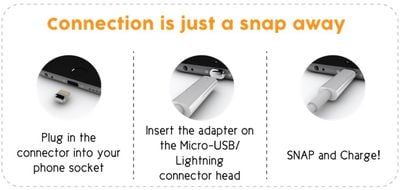
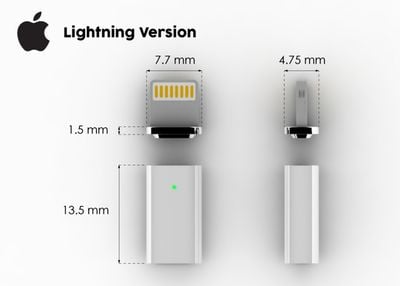
 Apple has agreed to lease office space in the Two Union Square skyscraper in downtown Seattle, according to
Apple has agreed to lease office space in the Two Union Square skyscraper in downtown Seattle, according to 